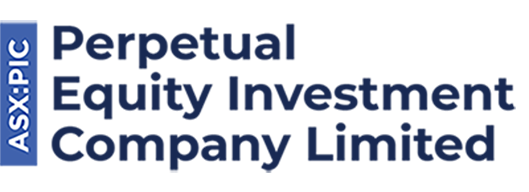
Style rotation between growth and value stocks is often commented on as traders and investors try to anticipate the next stage of the economic cycle. As we discussed previously, market rotation can take different forms but generally refers to the movement of investment capital from one equity class to another. This typically occurs when a sector, market capitalisation (size of listed company), region or style that had previously been flat or underperforming peers starts to gain momentum and becomes attractive to investors.
As inflation and interest rates rise around the world, investors are sometimes encouraged to consider a rotation of investing styles from growth stocks to value. While past performance can only be used as a rough guide, investors traditionally shift from a focus on stocks expected to grow strongly to those that are under-priced and offer value when times are tough or hard to forecast. Historically, market rotation between value stocks and growth stocks occurs after recessions and/or major market crashes. Further, the same rising interest rates and bond yields that may cause a correction in growth stocks are often a tailwind for stocks that were not as highly valued by the market. This is partly because they do not have as far to fall, but also due to factors such as pricing power, stronger balance sheets and the ability, in some cases, to gain from higher rates.
However, while it is a good rule of thumb that value stocks tend to outperform during downturns, recession and early in upturns, while growth outperforms after the upturn, there is plenty of variation amongst value stocks. Cyclical value sectors include financials, energy, materials and industrials while defensive value sectors include utilities, healthcare, telecommunications, consumer staples and real estate. Deep value strategies will tend to have portfolios that are dominated by cyclical companies that tend to do well in a ‘risk-on’ environment where market expectations are for strong economic growth in certain sectors that is muted by fears over economic stress. Defensive value portfolios tend to be dominated by companies with stable or compounding earnings that usually do well in a ‘risk-off’ environment where markets are concerned with slowing economic growth or recession.
